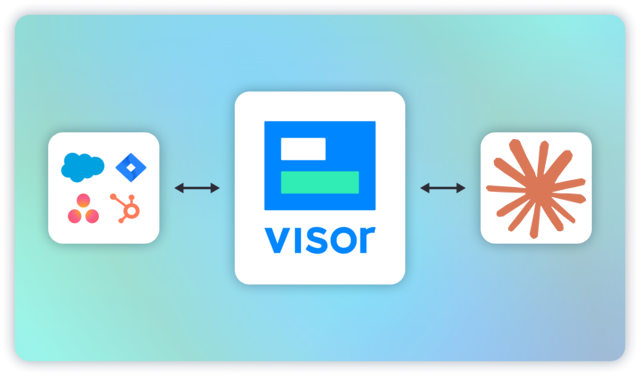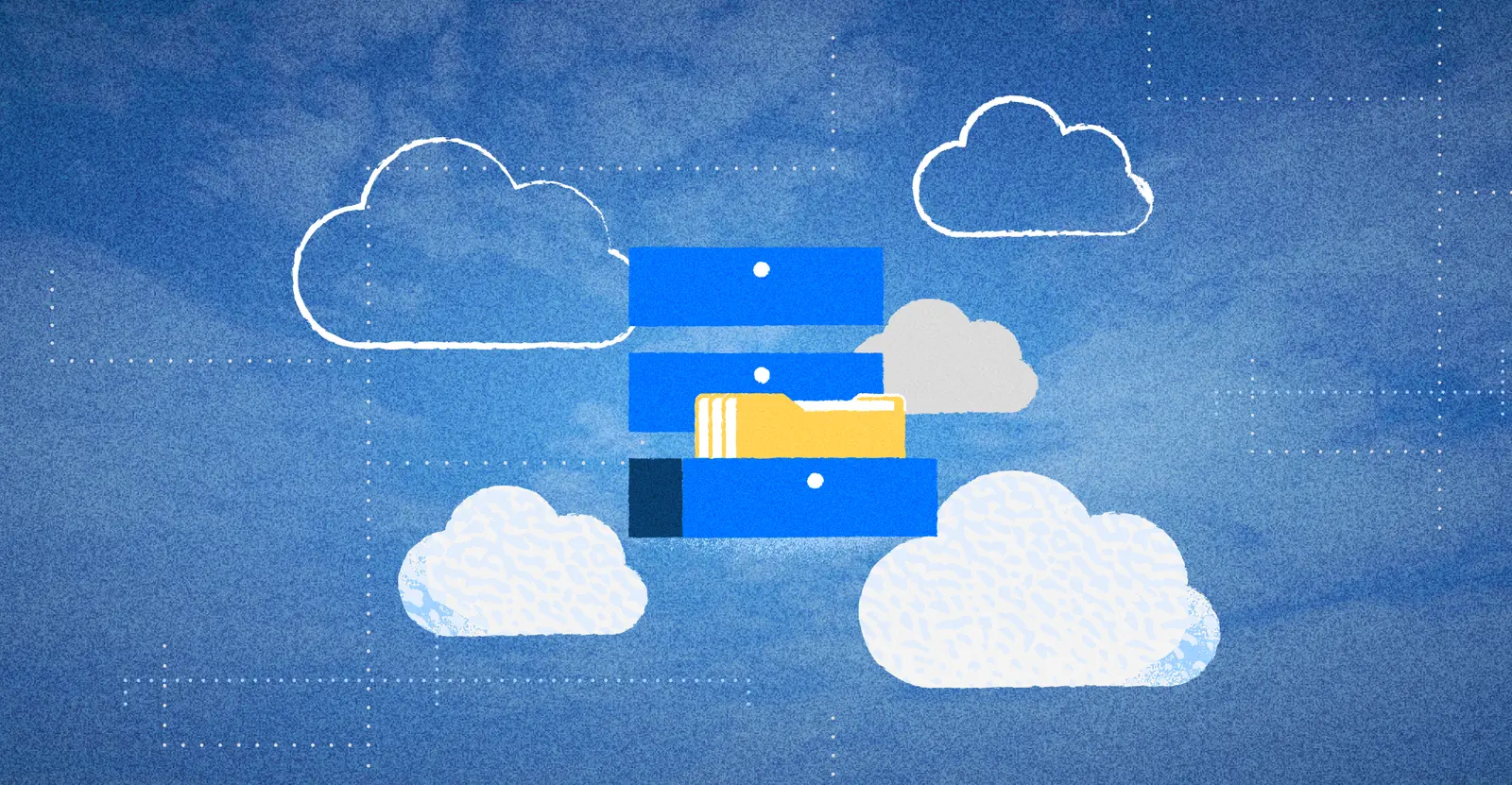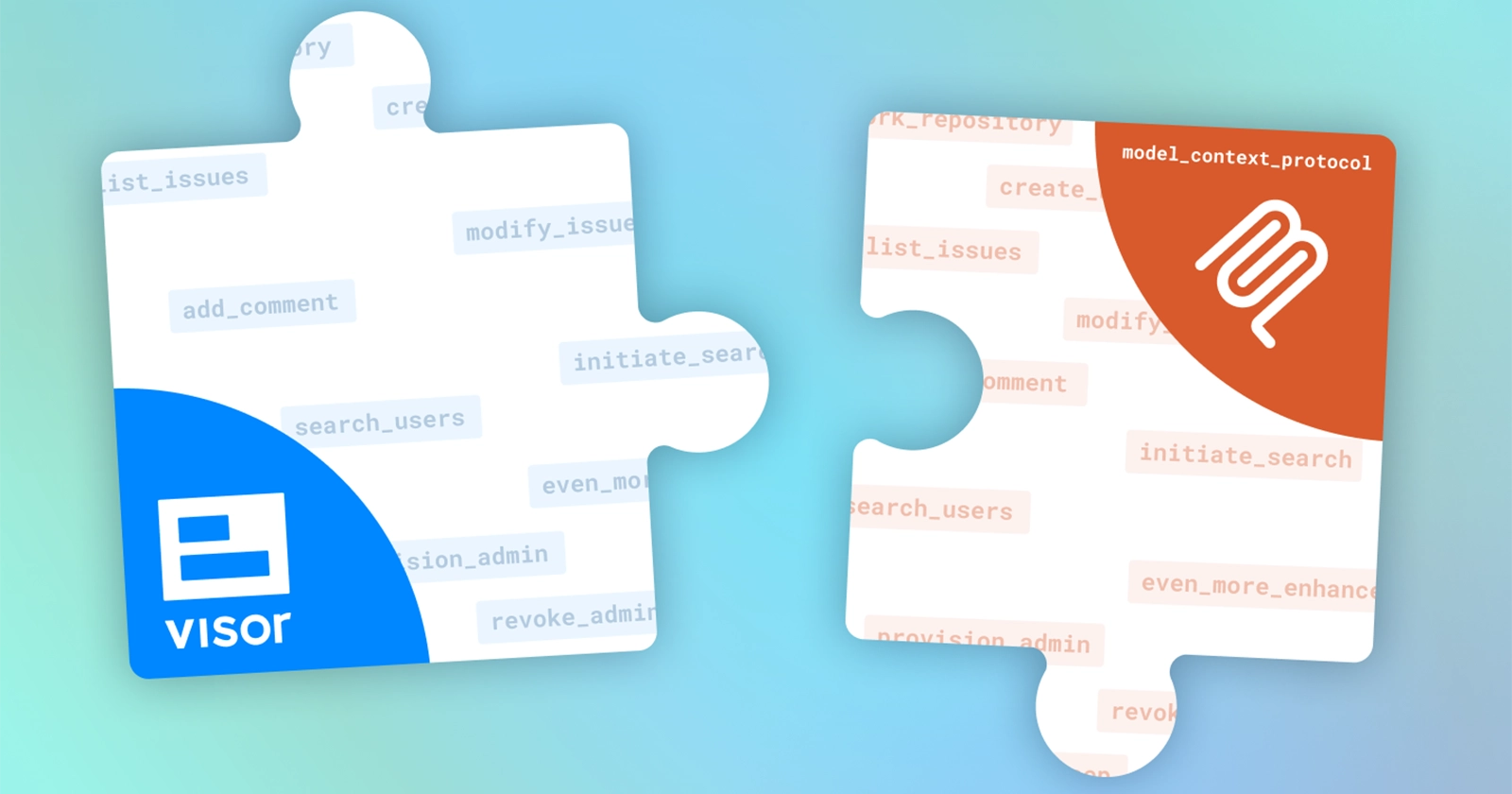
MCP Server Explained: The Protocol Unleashing AI’s Potential
When Anthropic formally introduced the Model Context Protocol (or MCP server) in November 2024, it took only five months for OpenAI to also adopt this new standard.
However, because MCP servers are in their infancy, many people don’t have a clear understanding of what an MCP server is and why MCP servers exploded in popularity. (There were over 1000 MCP servers in the wild by February 2025.)
In this article, you will gain clarity about what an MCP server is and what it can do. We’ll also explore why MCP servers are instrumental for AI agents’ utility in the future. Lastly, I’ll cover common misconceptions about MCP servers and integrations.
What is an MCP Server?
MCP stands for “Model Context Protocol.” We’ll go into what that means in this section.
Context is king. Models are queen.
Let’s take a look back at what the conversation around AI was like in 2024 before Anthropic introduced MCP server technology.
Prompt engineering and the differences between LLMs (or “models”) ruled the discourse. However, the context that the LLMs used (no matter which model you used) was mainly the prompts that you, the user, provided them and the data LLMs extrapolated from the internet.
MCP servers change that by adding a new layer between the MCP client (e.g., Claude or OpenAI) and other tools. The “Context” in MCP refers to how LLMs can now get data inputs (AKA context) from other tools.
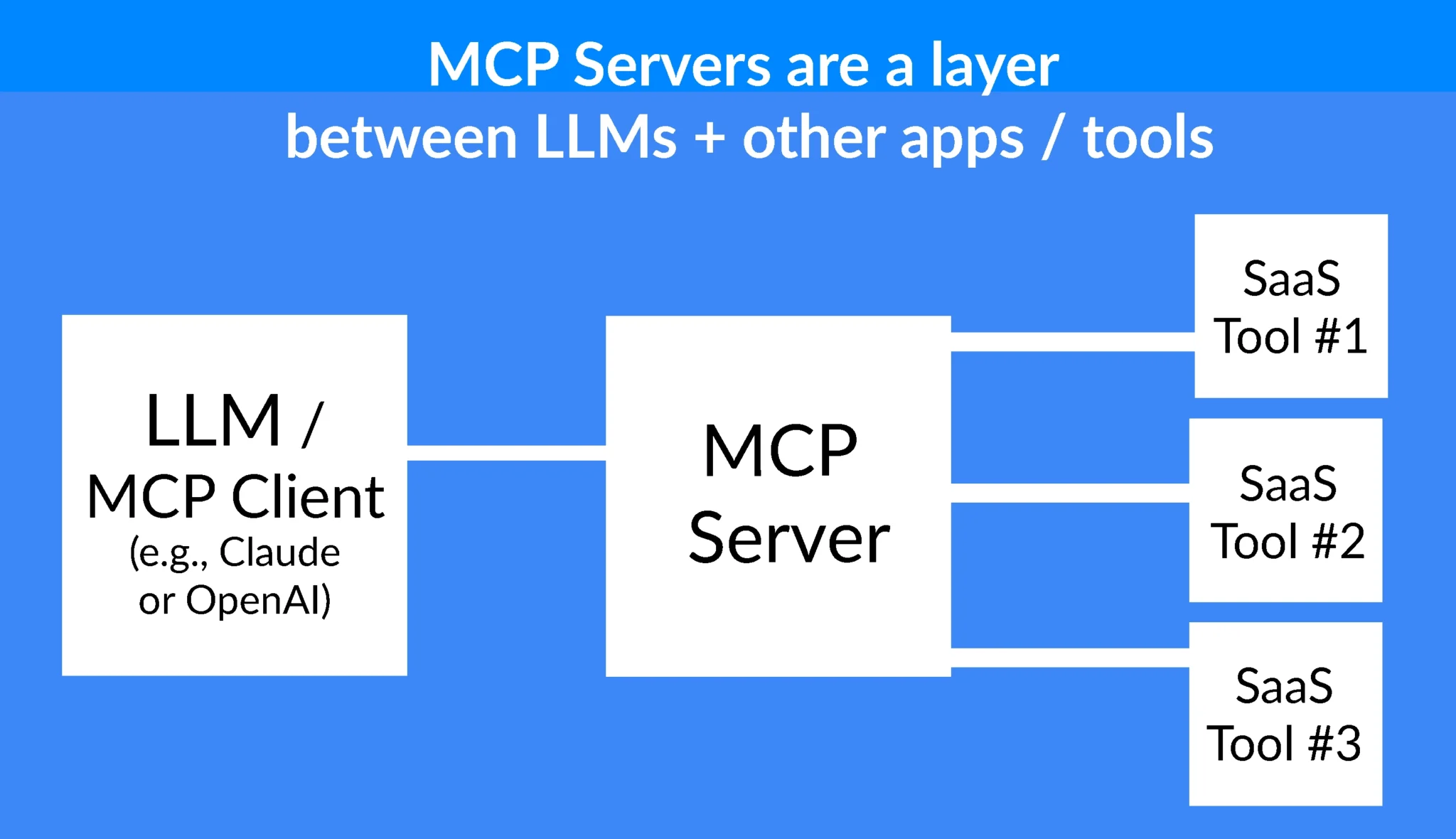
What made MCP servers possible
Thanks to advancements around AI’s ability to interpret JSON, MCP servers now allow tools to talk with one another.
This crucial development allows (in theory) for AI agents to work with data in other tools — just like human employees do. AI finally has the keys to the car, becoming more autonomous and capable in the process.
Protocols and Standards
Engineers love standards. In fact, they rely on them to work effectively.
Therefore, the “Protocol” part of MCP speaks to how the MCP server is an agreed-upon way for LLMs to work with external tools. This protocol is a foundational element bolstering AI’s capabilities.
Similar to how a USB can allow a keyboard, mouse, or phone to plug into a computer, MCP servers are a standard way for LLMs to plug into other tools to receive inputs AND even update or work with the data in those tools.
Now that you have a clear understanding of what an MCP server is, let’s talk about why this is such a hot topic for AI enthusiasts.
How MCP Servers Make AI Agents More Useful
The hype around AI is not new. However, the advent of MCP servers allow AI agents to have a lot more capabilities. Let me explain.
Imagine an AI agent that can interpret, update and work with data in the tools you use. THAT AI agent is capable of working autonomously (much like you and your co-workers do). You could even say that this AI agent is part of your team.
Want to see this tech in action?
This two-minute demo below of Visor’s MCP server demonstrates what is already possible after less than six months after Anthropic announced MCP servers:
AI was already useful before MCP servers.
As a marketer, I am able to use AI for brainstorming, rough outlines for articles, and tightening up my work. With the right MCP servers powering my AI agents, I can rely on AI for even more tasks.
For example, I could ask an agent to create a HubSpot dashboard for me, to update customer information in Salesforce, or even to optimize images in WordPress for mobile screens. These kinds of requests are where AI gets really interesting; they allow for AI agents to unleash its true potential.
However, MCP servers are still nascent. And there are a lot of misconceptions about what they can do. Let’s explore and detangle what people misunderstand about MCP servers.
What Most People Get Wrong About MCP Servers
As we already explored, MCP servers allow for AI agents to access other tools.
Surely it’s just as simple as that, right? Add a layer between your LLM and the tools you want your AI agents to use for tasks and… voila! You have a whole AI team backing you up.
Well, not quite. That is an oversimplification of integrations, which are not that easy to build and set up. Here’s why.
API Documentation Doesn’t Work for AI-Friendly Integrations
While MCP servers offer a protocol and standard that engineers can coalesce around, MCP servers do not inherently provide AI agents with the kind of information they need.
To top it off, integrations are notoriously tricky.
Traditionally, engineers combed through API documentation when first building an integration. What they typically find is technical documentation that’s woefully incomplete and/or has outdated information. Engineers often have to figure out integrations through trial and error, perusing user forums, and other brass tactics.
Visor has been building integrations that non-technical users rely on for nearly a decade. That’s why we know what goes into building AI-friendly integrations.
Unlike engineers, AI agents are not equipped to just read API documentations for tools and then know how to work with those tools. Therefore, AI agents cannot rely on technical documents when connecting with other tools.
Example of AI Agent Working with Jira Data Using Visor’s MCP Server:
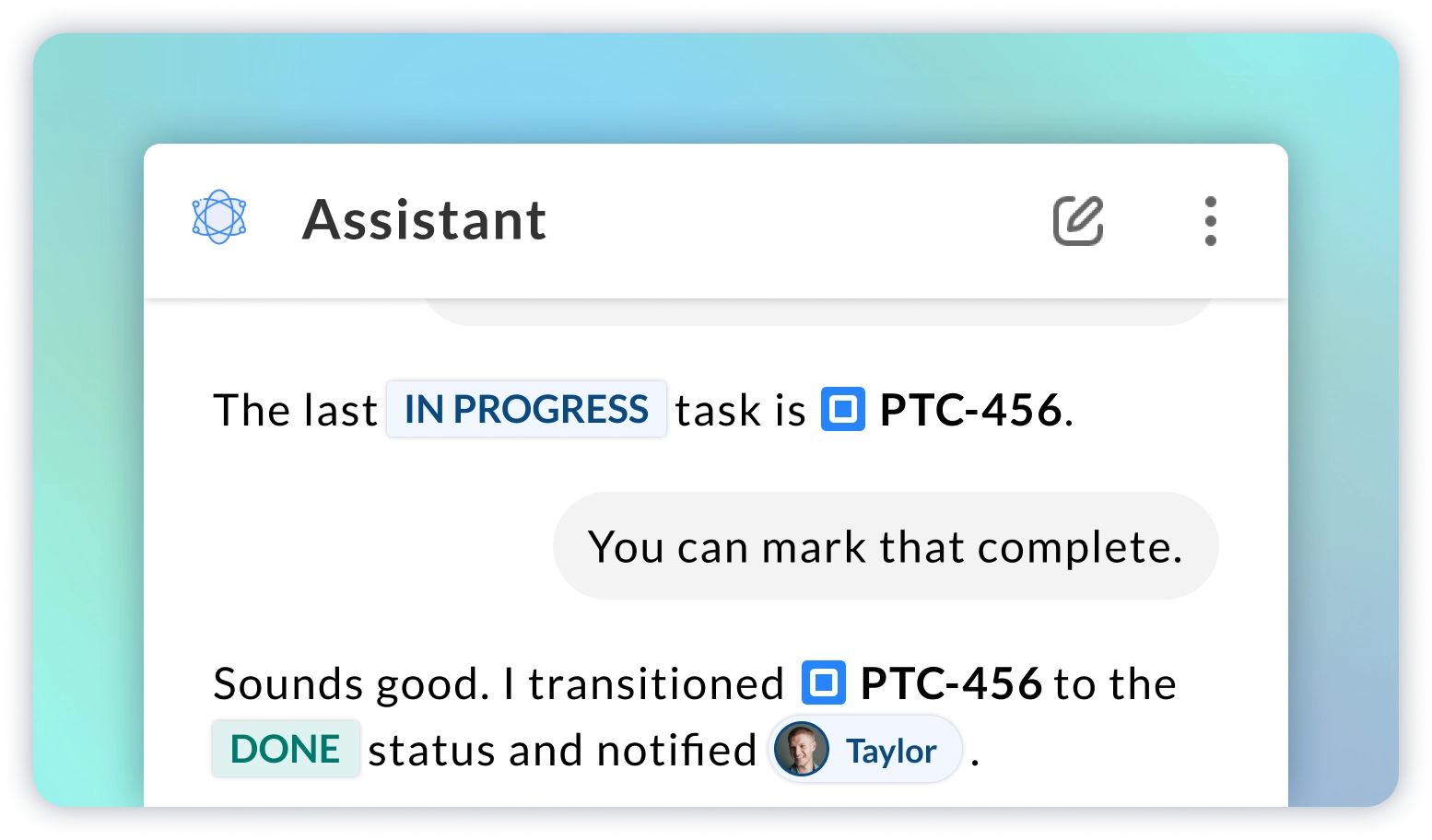
AI Agents Need Metadata from SaaS Apps
Metadata is the data about the data. Without it, AI agents won’t actually be successful. In some cases, they might actually be dangerous.
Call them overconfident, but AI agents often move forward with tasks despite not knowing all the information they need; this is especially concerning when AI works with sensitive data.
To make AI agents successful with the SaaS data they get from an MCP server, they must get that native app’s metadata.
For example, Visor’s MCP server offers bumpers that stop AI agents from making errors. Without understanding this metadata, these bumpers would be impossible to provide and the AI agents would end up failing or doing something they shouldn’t.
AI Agent Avoiding an Error Due to Salesforce Metadata in Visor’s MCP Server:
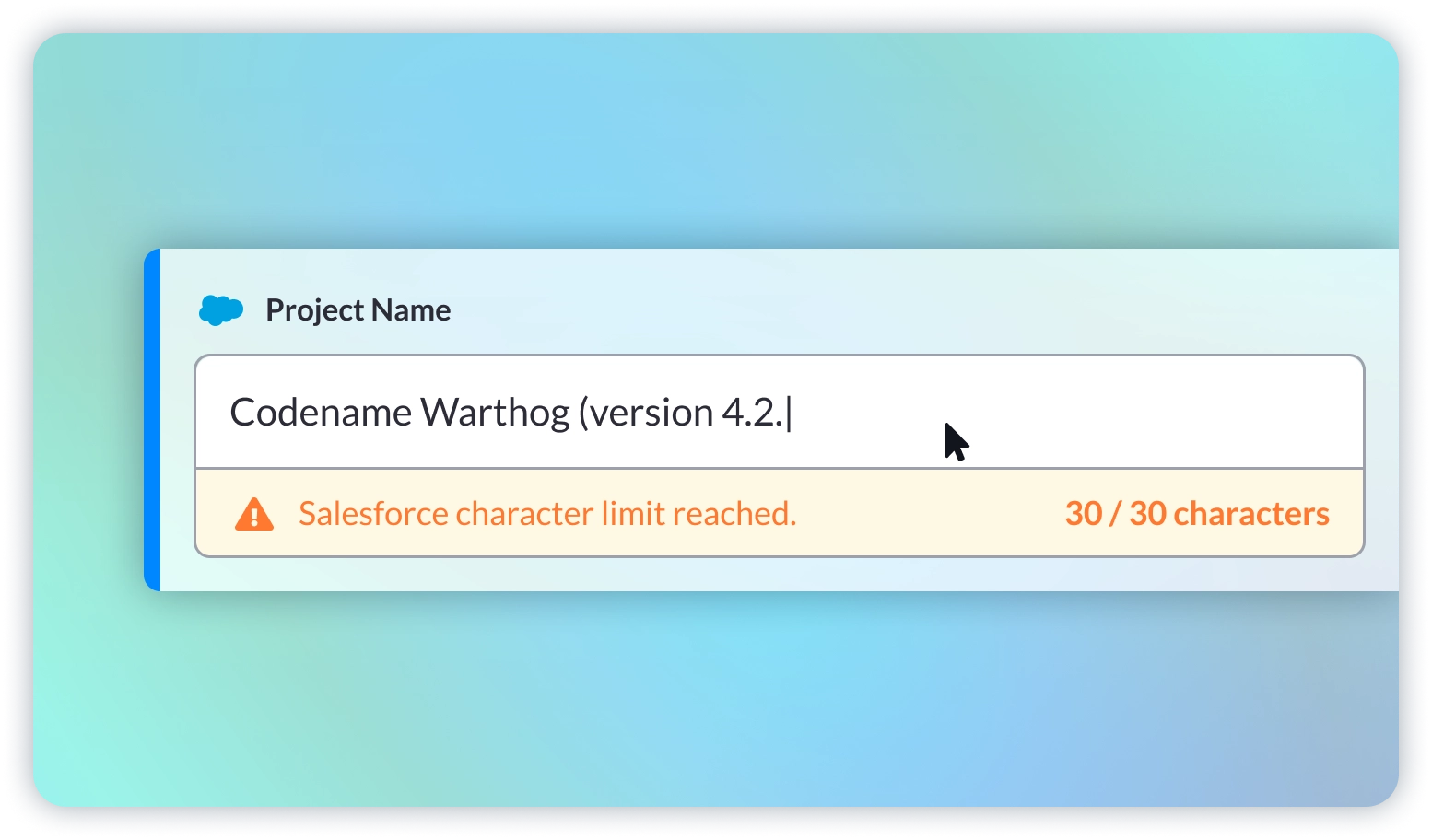
Examples of SaaS metadata that AI agents would need to be successful:
- Knowing that “assignee” in Jira is a dropdown field (and what the field choices are)
- Recognizing that “0.25” in a Salesforce column refers to a percentage (and not a currency or whole number)
- Realizing the permissions of an Asana user and not allowing them to access and share info they shouldn’t
Visor’s MCP server allows for AI agents to work with that kind of metadata. Because we have nearly a decade of experience building integrations for non-technical users by using metadata, we were able to also build an MCP server for AI agents; our MCP server allows these AI agents to connect with SaaS tools.
Here’s a more technical demo of our MCP server from one of our engineers. He shows complex tasks that Claude performs with Salesforce and Jira data:
Reliability is not a given
Reliability may not be the sexiest topic. But when it comes to AI agents working with other tools, reliability is where the rubber hits the road.
Yes, there is a lot of discourse about what AI can now do thanks to MCP servers. However, if the integration tech fueling the MCP servers isn’t reliable, then AI agents will falter.
How MCP Servers & AI Will Change the Future of SaaS Tools
If you want to get a more verbal explanation of what an MCP server is, this interview with Visor CEO / founder, Michael Yaroshefsky is a great resource.
In addition, Mike and I discuss how AI will change SaaS forever. Will there even be a “per-seat” model in the future? Will companies need to charge for AI usage instead of seats for human users? We explore these topics and more in this interview.
Conclusion: MCP Servers Are Here to Stay
When Sam Altman, OpenAI’s CEO, announced that they were adopting Anthropic’s Model Context Protocol last month (in March 2025), MCP servers became an undeniable fabric of AI’s future.
This inflection point in the history of AI will not only alter how we work with AI as a workforce, but it will likely change how SaaS companies price and position their products moving forward. With AI agents becoming more autonomous and possessing the agency to work with SaaS tools, both technology companies and the workforce will have to adjust.
And if you feel like this is all happening quickly, you are not wrong. The rate at which technology now accelerates can inflict whiplash. The key here is to stay curious and explore what AI can do for you.
We here at Visor are always looking at developments in AI technology and what other AI project management tools are doing. That’s why jumped at the chance to use this new technology to launch AI Smart Templates in our own app before launching our own MCP server, which other apps can use.
Register for a free Visor account to get updates via email about our AI exploration and to see what we’re doing with AI in our own product.
Visor’s integrations were first built for humans. Here’s how they work:


